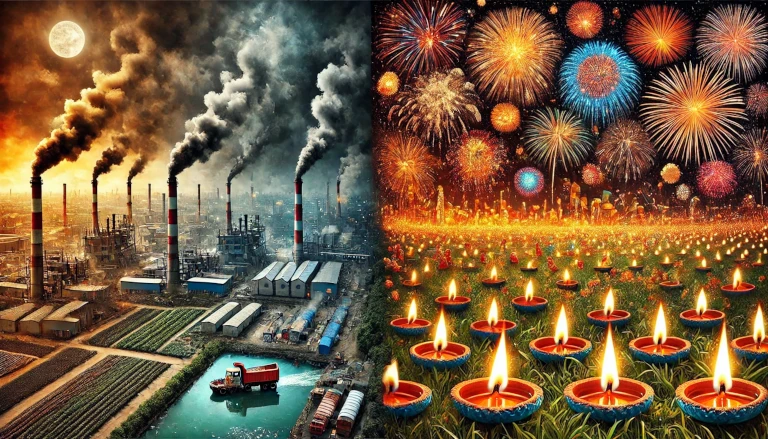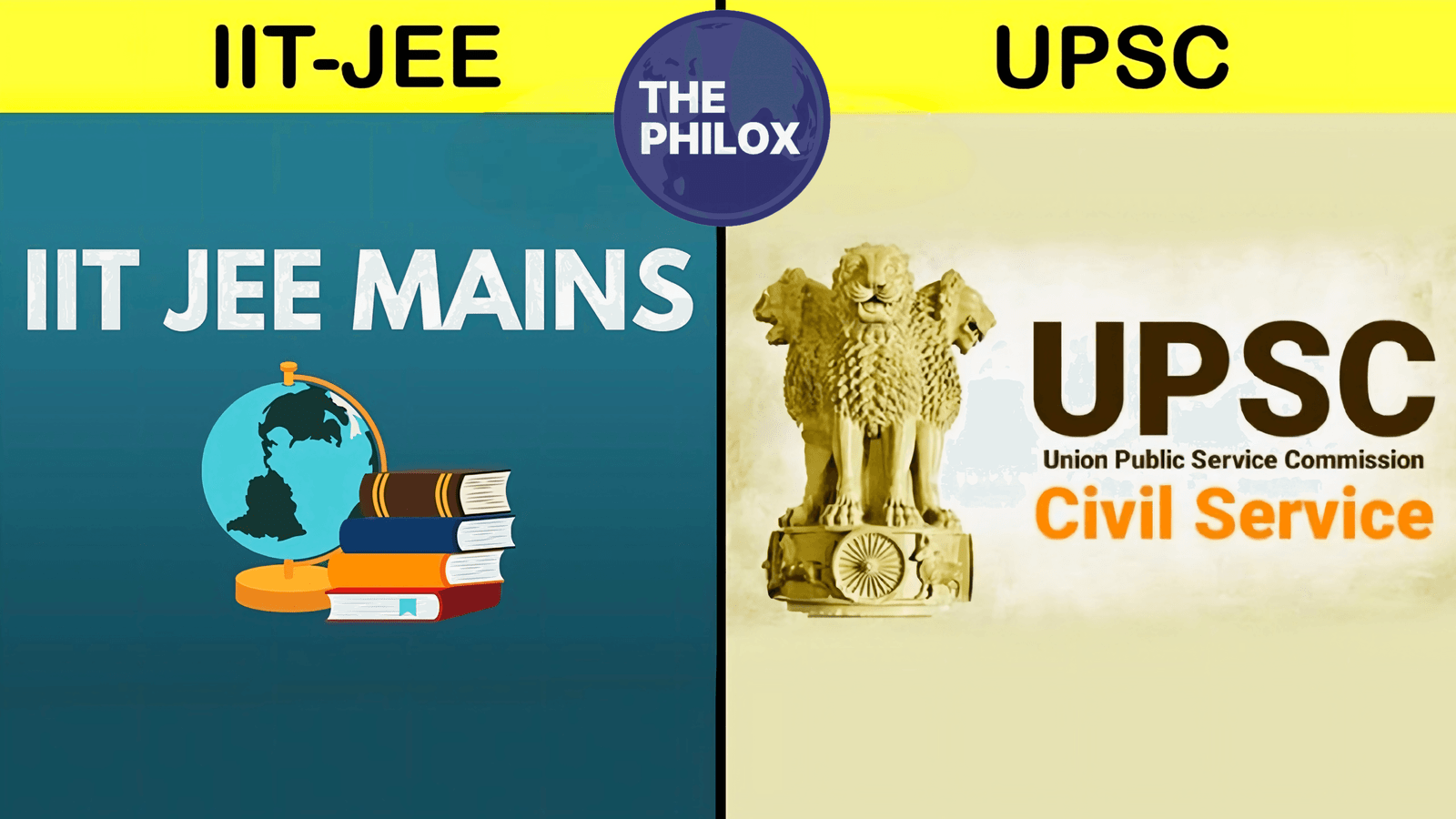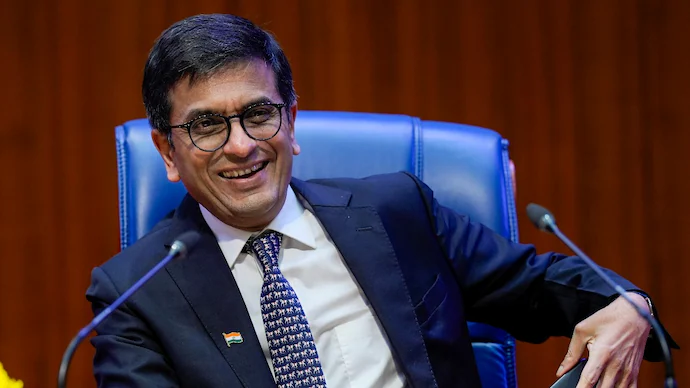Within the post-festival atmosphere following Diwali celebrations in India, the AQI in its major cities and metropolitan zones has surged up to scary levels. A lot of the metro towns are finding AQI numbers over 400 while that of the capital Delhi rose to record levels at a shocking more than 1000-AQI-and hence quite hazardous to citizens. A recent survey conducted by The Philox highlights the dramatic health consequences of this upsurge in air pollution: hospitals are reporting an upsurge in admission rates for respiratory illnesses, primarily among asthmatic patients and those with chronic respiratory conditions.
Delhi and Major Cities Suffer a 200% Increase in Pollution Levels
According to The Philox survey, India has seen a 200% rise in pollution levels. Data shows that even non-metropolitan areas have AQI levels well above the safe threshold. Though the country fails to keep pollution levels under control annually, this year’s post-Diwali conditions are unusually worse.
AQI Readings in Major Cities:
Delhi: Above 1000 (Hazardous)
Mumbai: 455 (Very Unhealthy)
Kolkata: 432 (Very Unhealthy)
Chennai: 410 (Very Unhealthy)
Bengaluru: 398 (Unhealthy)
The spurt in air pollution has already helped The Philox deduce that the three cities worst hit by it are Delhi, Mumbai, and Kolkata-the respective AQI markings marking fresh new highs.
Health Concerns: Sharp Rise in Cases of Respiratory Diseases and Hospitalisations
Respiratory cases are alarmingly increasing within the health facilities across the country, with nearly a 70% increase of patients suffering from acute respiratory problems. In Delhi alone where the pollution levels are at critically high, the hospitals have seen a 50% increase in asthma and other respiratory diseases.
Vulnerable Populations Effects:
Asthma Patients: Their symptoms worsened and went to emergency hospitals.
Children and the Elderly: Worst hit, with many dying from acute bronchitis, pneumonia, and other serious pulmonary infections.
Patients with Premorbid Pulmonary Diseases: Their symptoms worsen; as per Dr. Randeep Guleria, former Director of AIIMS, “air pollution had a ‘disproportionate impact’ on this lot”.
Scientific Reports and Air Pollution: Taking cognizance of Health Emergency
Studies after studies reveal a relationship between air pollution and respiratory diseases. A 2021 study in The Lancet Planetary Health has concluded high PM2.5 levels in Indian cities increase asthma, COPD, and lung cancer cases. The World Health Organization also places the death toll from ambient air pollution at 4.2 million worldwide, with India among those hardest hit.”.
Furthermore, a study by the Indian Council of Medical Research (ICMR) showed that chronic exposure to such high levels of PM2.5 and PM10 causes permanent damage to the lungs. The PM2.5 particles are dangerous because they penetrate deep into the lungs, enter the bloodstream, and cause systemic inflammation, thereby worsening the respiratory conditions.
Causes of the Air Quality Crisis Post-Diwali
While Diwali celebrations bring joy and uniting, they also contribute greatly to air pollution, largely as a result of fire crackers, which release a myriad of harmful pollutants, such as sulfur dioxide, nitrogen oxides, and heavy metals. The burning of crackers shows a temporary but sharp elevation in PM2.5 and PM10 particles. Other contributors are as follow:
Vehicular emissions: Traffic congestion during the festival worsens the quality of air.
Stubble Burning in Punjab and Haryana: The problem is major in North India, particularly for the State of Delhi. In most winters, this region’s total air pollution would increase between 40 to 55%.
Industrial Emissions: Production cycles surged much more during the festival compared to other times within a calendar year.
Yearly Comparison Air Pollution End
The data from the Central Pollution Control Board reveals that the levels of air pollution have risen continuously for the last ten years with peaks during Diwali every year. For instance:
Average AQI after Diwali in Delhi 2019 was 500
After Diwali AQI in Delhi 2020 was 700
After Diwali AQI in Delhi 2023 was over 1000
Year on year comparison in other metro cities reflects the same trend. Thus, the government needs to take stronger measures for controlling pollution.
Government Action and Possible Solutions
The authorities have introduced many temporary restrictions, from the prohibition on the selling of firecrackers and automobile ban in highly polluted regions of cities. These measures of restriction didn’t bring any significant success in battling the constant escalation of pollution.
This is in response to increasing levels of air pollution. It has been informed through news reports that “Delhi Government has issued the following suggestions to curb the smog levels.” The following are presented below-
Odd-Even Traffic plan: Decrease car pollutants by traffic restriction.
Closing Schools: Temporary shutdown of schools to protect children from polluted air.
Air Cleaning Programs: Smog towers in hazardous locations.
According to experts, short-term remedies are in place, but an effective solution has to be found to fight the source of pollution. The employment of renewable energy, the imposition of tighter emissions controls on industries, and a better public transport system will reduce the pollution level of the air.
Comparison of Indian Cities with other cities around the world:
Air pollution has been one of the major problems around the world, as cities like Beijing, Los Angeles, and Mexico City face similar challenges. However, Indian cities are consistently ranked as the most polluted cities around the world, and Delhi is often ranked as one of the most polluted cities in the world. As per the 2023 IQAir World Air Quality Report, 22 out of the 30 most polluted cities are in India.
Urgent Need for Awareness and Action
India witnessed an air quality crisis immediately after Diwali. Such instances necessitate quick and sustainable action against pollution. In this context, it becomes more apparent that such efforts on an individual level, a community level, and a governmental level are inescapable to control the gravity of health problems caused by air pollution.
This will be achievable if the general public understands that even minute actions as citizens can add up: for example, using fewer firecrackers, going to eco-friendly celebration centers, and pushing for cleaner policies. Rapid urbanization in India is giving a call for robust policies and a commitment to environmental sustainability in order to protect public health and future generations.




